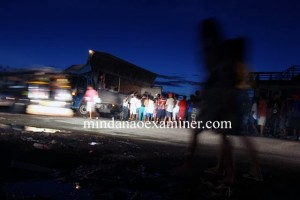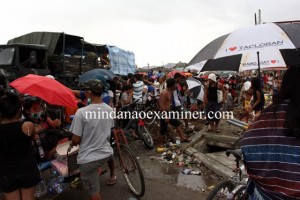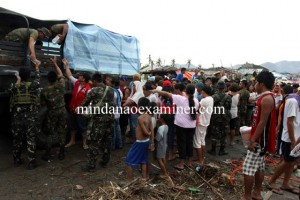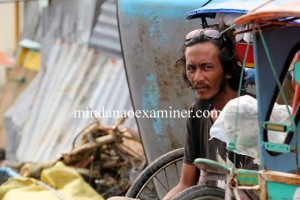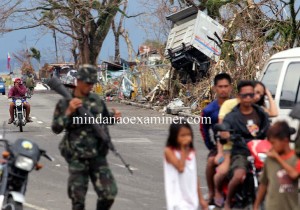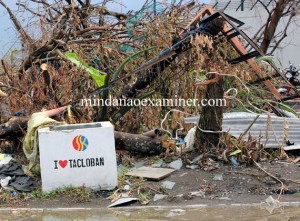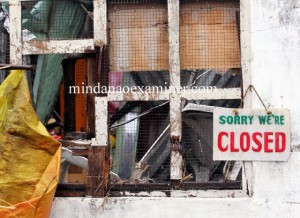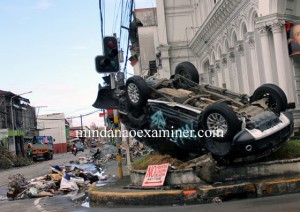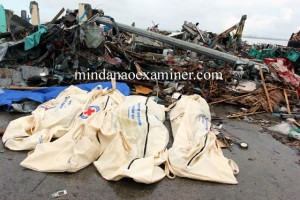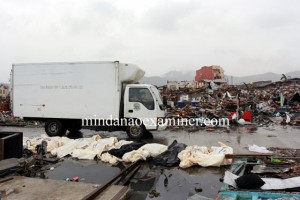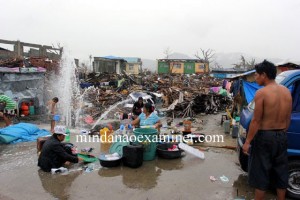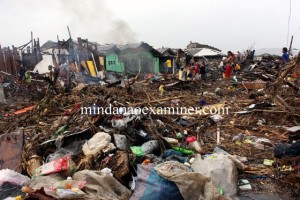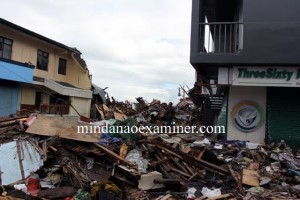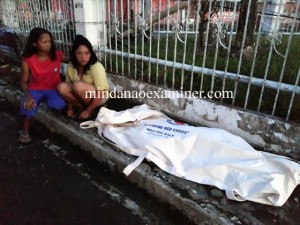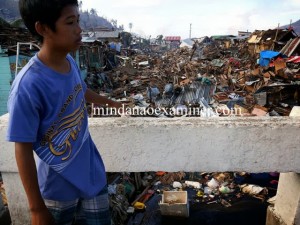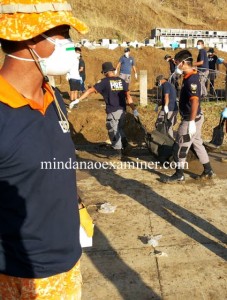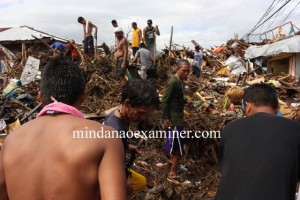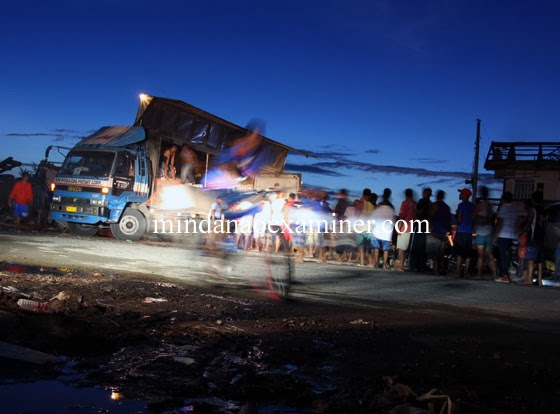
TACLOBAN CITY (Mindanao Examiner / Nov. 19, 2013) – International aid organizations and foreign assistance continue to pour in this central Filipino city, one of the hardest hit by super typhoon Haiyan, but the nightmare and trauma left behind by the disaster have left a permanent mark not only in this once booming area, but also in the hearts of everyone who survived the deadly devastation.
Residents have largely blamed the government for the slow relief operations and many claimed that government aid has started arriving only after a week after the typhoon destroyed the whole city.
Tacloban, the provincial capital of Leyte, is left in ruins – houses and buildings were destroyed – and not even prayers could save the city. The visible wrath of the deadly typhoon is unimaginable for many of those who survived the calamity.
Drama
The stench of death is still in the air as hundreds of bodies decomposed under a mountain of debris. One woman said she recovered the body of her four-year old daughter 9 days after huge waves battered their coastal village. “I lost her and now I have found her and she is dead. She just turned four the other day and it is very painful that this calamity took away the precious life of my baby girl,” she told the regional newspaper Mindanao Examiner.
She said started looking for her daughter after the typhoon ravaged the province and dug from under the debris that washed over village. “I was digging and crying as I dug because bodies after bodies I can see and it was really like a nightmare. I saw animals and pigs eating off parts of dead bodies of people. I was crying,” she said.
The woman said they would bury the body of their daughter in a mass grave together with hundreds of other cadavers recovered by government workers.
“There is ni help from the government. We have not eaten for days. We drank dirty water to survive until other people came and offered little food. We do not know where to get the food or safe water and for one week we had nothing until foreign aid reached our place,” she said.
A carpenter vividly recalled his ordeal, but would often break down before he could finish a sentence. He described their family’s ordeal as “hell”. “If you believe in hell, then hell came upon the face of the earth and all we could do is pray that we survive this harrowing ordeal,” he said.
He said the typhoon was so powerful that it lifted his wooden house and drifted it about 100 meters from the shore and hit a building where they managed to climb. “I and my wife and two children survived and about a dozen of my neighbors, but another family of eight was not so lucky. They were swept by a wall of water, by the tsunami and just disappeared under water,” he said, referring to the storm surge triggered by the powerful typhoon.
The Santo Nino Church in Tacloban was also damaged. One worshipper said the roof of the church was literally torn off from its steel support as if “the door of hell had opened and tested our faith to god.”
The massive looting has stopped, although not totally, because of the huge presence now of soldiers and policemen from other provinces sent to maintain peace and order. Looters have sold anything they stole from department stores and groceries – from a bottle of beer which sells at P85 to canned sardines and infant milk.
Tacloban still has no electricity and many hotels damaged by the typhoon relied on generator sets to bring power to each of every rooms occupied by aid workers and journalists covering the disaster relief efforts. But others also took advantage of the situation – one hotel worker moonlights as a laundry woman and charged as high as P500 pesos for four pairs of jeans.
Room rates also tripled if not doubled due to the shortage of hotels and inns in Tacloban. Car owners charged rental as high as $300 a day.
Presidential action
President Benigno Aquino, tagging along some of his Cabinet members headed by Interior Secretary Mar Roxas, inspected several areas in Leyte and Samar provinces and said he would stay in Tacloban to oversee government relief operations.
“Hanggang makuntento tayong okay na ang sitwasyon, na wala nang maidadagdag pa dito (Until I am satisfied that the situation is okay, and when there is nothing else to improve on),” Aquino told television reporters who followed his visit in Tacloban.
Aquino said the progress of relief work has so far fallen below his expectations. “Yung marami tayong inaasahan after one week, hindi ko nakikita. So baka dapat… Kaya nandito tayo ngayon, tutok na tutok (I had expected much more substantial progress after one week but I did not see it today. So perhaps what is needed is for me to personally keep an eye on things).”
“Hanggang wala akong makitang maidadagdag ko pa dito, mananatili muna tayo dito (Until I am convinced there is nothing more to be done, I will stay here),” he said.
Aquino defended himself from mounting criticisms not only from the typhoon survivors, but also from politicians who accused him of not being in control of the disaster situation.
Wake up call
United Nation Secretary-General Ban Ki-moon said the devastation in the Philippines is a wake up call for the international community to speed up efforts to fight climate change.
“Everybody now knows that climate change is happening and approaching much faster than we might have thought. Therefore, it is imperative that Member States redouble their efforts to raise the level of ambition and there should be a strong political leadership role. I will be meeting many world leaders and ministers to ask them to raise their political awareness and political leadership role and mobilize all necessary means, particularly financial support, for developing countries so that they will be able to mitigate and adapt to this changing situation,” he said.
The UN and its partners launched an appeal for $301 million to provide humanitarian assistance for typhoon victims. Nearly half of the health facilities in four affected regions remain closed. UN Emergency Relief Coordinator Valerie Amos has arrived in the Philippines for a follow-up visit and is expected to visit affected areas in the coming days.
The UN Children’s Fund (UNICEF) reported that at least 200,000 people in Tacloban and six surrounding districts are now receiving clean water, with the first water treatment plant having come back to full operating capacity.
The UNICEF, the Philippine military and the US Agency for International Development took part in negotiations resulting in an initial emergency fuel supply to run the plant. UNICEF has been trucking and airlifting water and sanitation supplies to Tacloban and other affected areas to restore clean water supplies and reduce the threat of diseases caused by poor sanitation and contaminated water. (With a report from Mark Navales)


